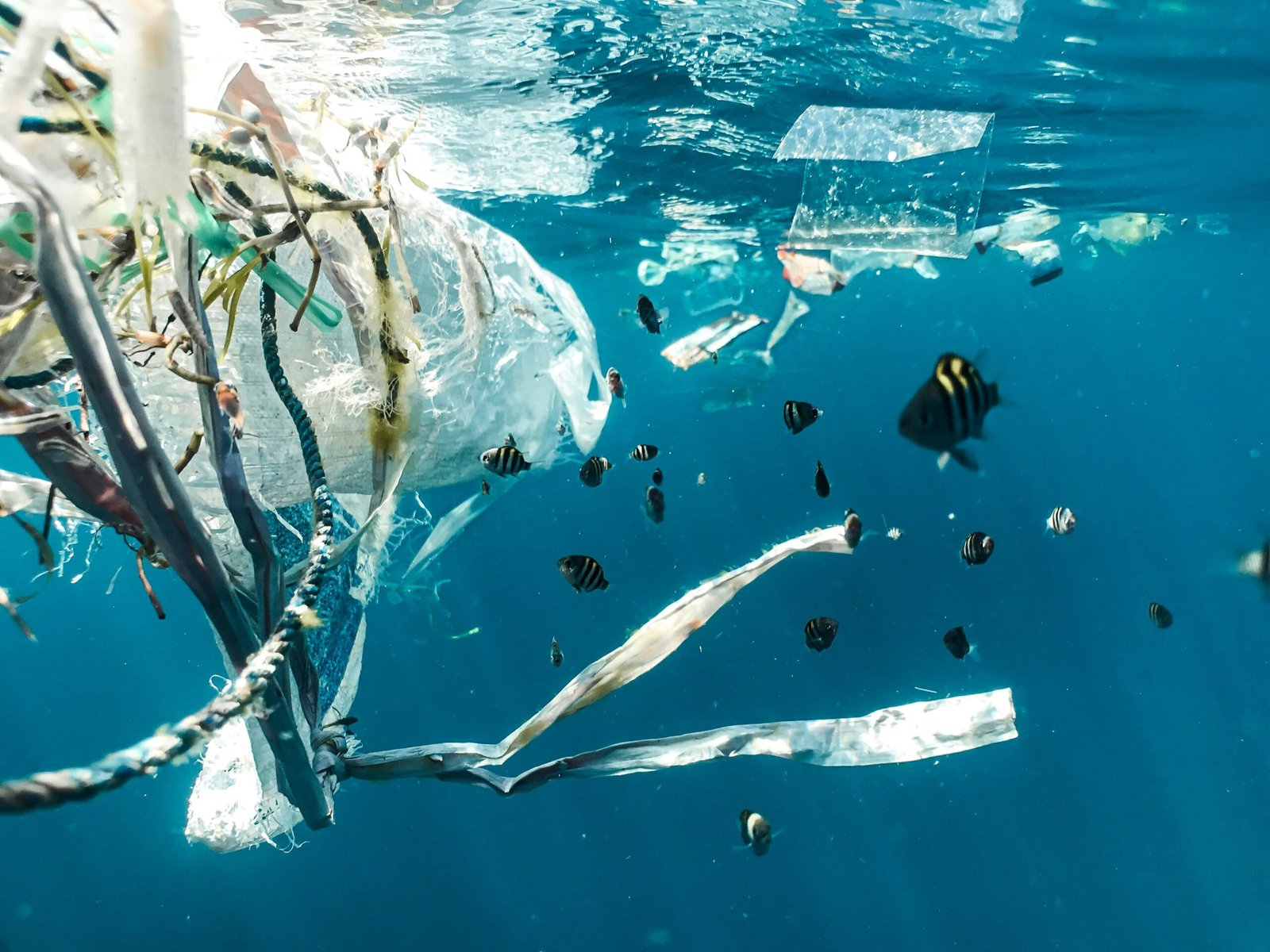Revolutionary Materials in Plastic Production
Advancements in materials used for plastic production are driving a significant transition towards sustainable practices. Bioplastics, recycled materials, and innovative alternatives are redefining the design and functionality of plastic products, ultimately aiming to reduce environmental impacts associated with traditional petroleum-based plastics. Bioplastics, derived from renewable sources such as corn starch, sugarcane, and even algae, are gaining traction due to their ability to biodegrade under certain conditions, addressing the waste crisis that has plagued plastic products for decades.
Recycled materials also play a crucial role in this evolution. Companies are increasingly focusing on improving recycling technologies to reclaim and repurpose plastics that would otherwise contribute to landfills. By utilizing resources like post-consumer waste, businesses not only mitigate the environmental footprint of producing new plastic but also begin to cultivate a circular economy that extends the lifecycle of these materials. One notable example is the use of recycled polyethylene terephthalate (rPET) for creating new bottles and containers, which closes the loop on plastic recycling initiatives.
Alongside these materials, startups and established companies are experimenting with a wide array of innovative plastics that incorporate organic additives aimed at enhancing durability while still being less harmful to the environment. For instance, companies are investigating the incorporation of natural fibers and additives that can improve the overall performance of bioplastics and mixed polymer solutions. However, obstacles remain. These innovations often face hurdles in production scalability and market acceptance, as both manufacturers and consumers navigate the complexities of transitioning from conventional to sustainable options.
As the push for environmental responsibility grows, it is imperative that advancements in materials used for plastic manufacturing are recognized and supported. By investing in research and development of these sustainable alternatives, the industry can harness the potential to not only transform product design but also contribute significantly to a greener future.
Design Principles for Sustainable Plastic Products
The evolution of plastic product design necessitates a growing focus on sustainability, integrating thoughtful design principles that cater to environmental preservation. Core philosophies such as minimalism, durability, and modularity inform the creation of eco-friendly plastic products, ultimately contributing to reducing waste and extending product lifespan. Minimalism, for instance, advocates for reducing unnecessary elements and simplifying product structures. This approach not only minimizes material usage but also promotes a clear message to consumers about the value of functionality over excess. By focusing on essential features, designers can create products that meet user needs without compromising environmental integrity.
Durability plays a critical role in sustainable design, as long-lasting products reduce the frequency of replacement, thus minimizing waste. Employing high-quality materials and innovative manufacturing processes can significantly enhance the longevity of plastic items. For example, utilizing advanced polymers can lead to products that withstand wear and tear, ultimately resulting in decreased consumption of resources related to production and disposal. Furthermore, a durable product aligns with consumer expectations for quality and reliability, fostering a sense of value that can drive purchasing decisions.
Modularity is another essential design principle that enhances sustainability in plastic product design. By creating products that can be easily disassembled, repaired, or upgraded, designers facilitate a more circular economy. This design encourages consumers to engage in sustainable practices, as modular products can adapt to changing needs without necessitating complete replacements. Case studies of successful products showcasing these principles, such as multi-use containers or easily repairable appliances, illustrate the impact of responsible design choices. By considering consumer behavior and preferences alongside these design principles, manufacturers can develop practical solutions that resonate with eco-conscious consumers, ultimately fostering a greener future.










Add comment